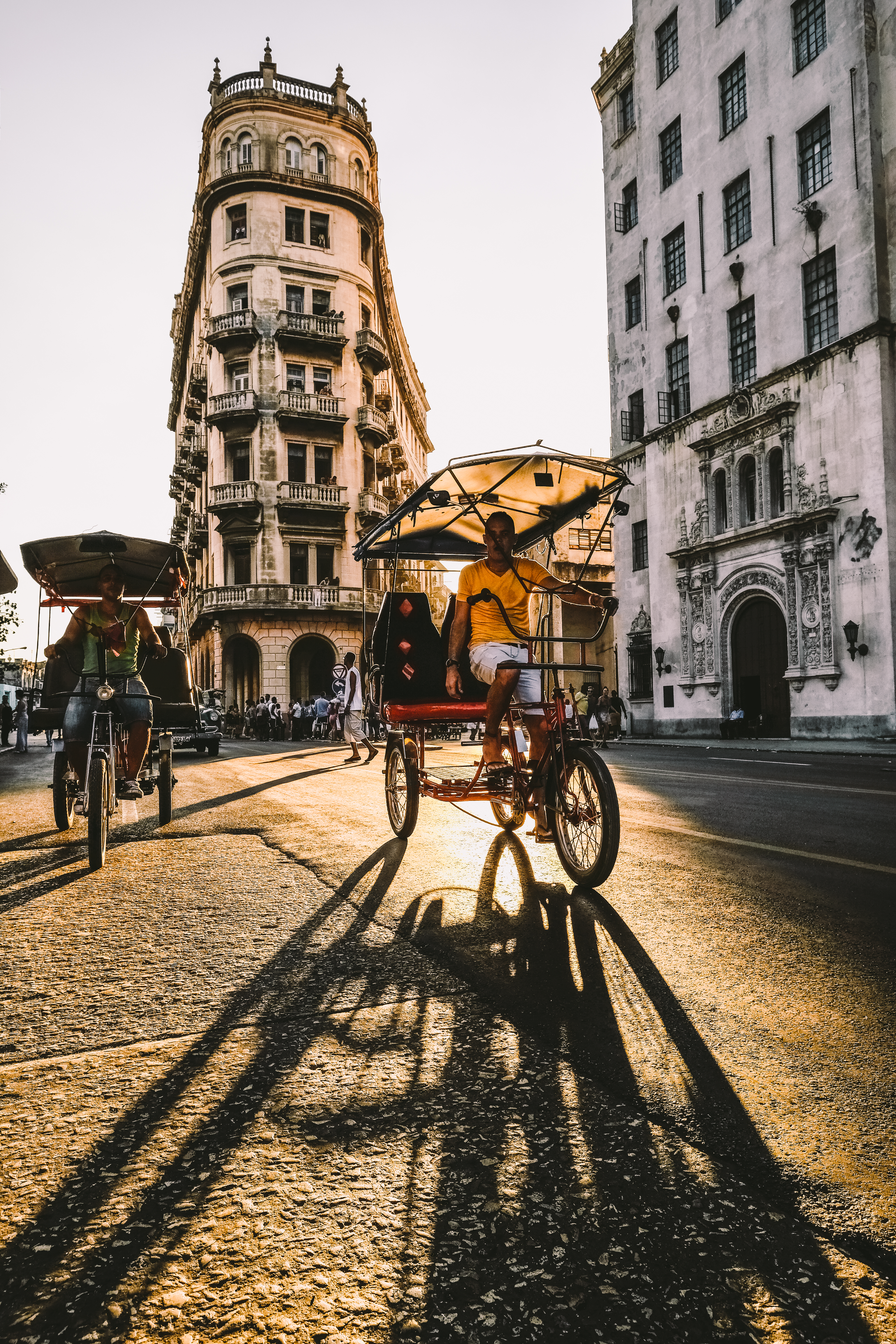Creating beautiful landscape images, which invite the viewer to become immersed in the scene, can be tricky. X-Photographer Mark Gilligan gives us his advice on how to get the best from your landscape photography by focusing on your composition.
composition
Perfecting Food Photography with FUJINON Lenses
By Nicole S. Young One of the most common questions I receive from new photographers is which lens to use when photographing food. When choosing…
Discovering Cuba with X Series
Experience the glory of Cuba with X Series as X-Photographer Daniel Malikyar’s recent trip to Cuba came to an end.
Why do I love the XF18-135mm lens? Composition.
Good day everyone, I will have to call this a mini-blog as normally I ramble on for ages and bombard you with images…



